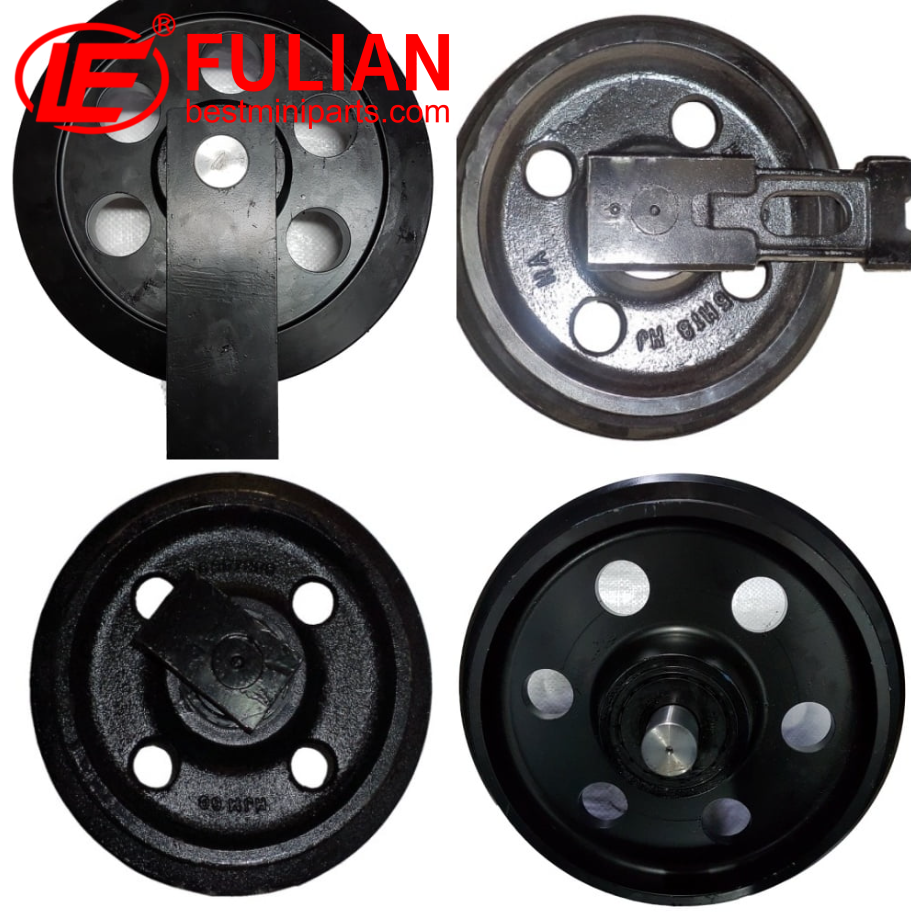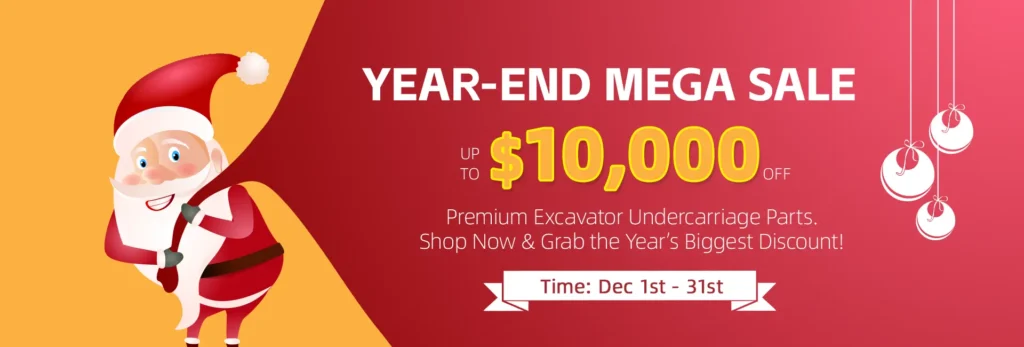Ensuring excavator sprocket and chain compatibility is a matter that intertwines precise engineering assessment with meticulous maintenance routines. Here’s a professional breakdown on how to secure their compatibility:
Understanding Specifications:
Foremost, study the OEM (Original Equipment Manufacturer) specifications, which present the essential dimensional and material criteria for component compatibility. Sprocket and chain must have coinciding pitch dimensions—a key element that denotes the distance from one pin or tooth to the next. The chain’s pitch size and the sprocket’s pitch radius must align to enable fluent movement and load distribution.
Foremost, study the OEM (Original Equipment Manufacturer) specifications, which present the essential dimensional and material criteria for component compatibility. Sprocket and chain must have coinciding pitch dimensions—a key element that denotes the distance from one pin or tooth to the next. The chain’s pitch size and the sprocket’s pitch radius must align to enable fluent movement and load distribution.
Material Integrity & Wear Resistance:
From a metallurgical standpoint, the materials used in both sprocket and chain should possess compatible wear properties, toughness, and tensile strength. This helps in sustaining the operational rigors and stressors entailed in excavation duties.
From a metallurgical standpoint, the materials used in both sprocket and chain should possess compatible wear properties, toughness, and tensile strength. This helps in sustaining the operational rigors and stressors entailed in excavation duties.
Design & Manufacture Precision:
Examine the precision of manufacturing; a sprocket’s tooth profile should be engineered to accommodate the chain’s roller diameters and interlink spacing. It’s not solely about intermeshing but ensuring a smooth distribution of forces across the contact area, mitigating undue wear points and localized stress concentrations.
Examine the precision of manufacturing; a sprocket’s tooth profile should be engineered to accommodate the chain’s roller diameters and interlink spacing. It’s not solely about intermeshing but ensuring a smooth distribution of forces across the contact area, mitigating undue wear points and localized stress concentrations.
Operational Matching:
The operational loads and conditions must be considered. Both components should be selected based on the excavator’s operating environment—whether it’s heavy-duty mining or lighter earth-moving tasks. This ensures that the selected sprocket and chain adhere to the load ratings and wear life appropriate for the operation intensity.
The operational loads and conditions must be considered. Both components should be selected based on the excavator’s operating environment—whether it’s heavy-duty mining or lighter earth-moving tasks. This ensures that the selected sprocket and chain adhere to the load ratings and wear life appropriate for the operation intensity.
Dimensional Verification:
Utilize precise measurement tools to verify the dimensional accuracy of both the sprocket and chain, addressing any discrepancy in pitch dimensions, tooth height, or link integrity that could compromise their smooth integration.
Utilize precise measurement tools to verify the dimensional accuracy of both the sprocket and chain, addressing any discrepancy in pitch dimensions, tooth height, or link integrity that could compromise their smooth integration.
Monitoring & Inspection Routines:
Implement a keen inspection routine to monitor existing components for signs of incompatibility that may arise from usage, such as chain elongation or sprocket tooth wear. Use vernier calipers and pitch gauges as part of a standardized inspection regimen.
Implement a keen inspection routine to monitor existing components for signs of incompatibility that may arise from usage, such as chain elongation or sprocket tooth wear. Use vernier calipers and pitch gauges as part of a standardized inspection regimen.
OEM vs. Aftermarket Considerations:
When selecting parts, consider the provenance of both the sprocket and chain. OEM parts offer a higher assurance of compatibility, while aftermarket components necessitate a rigorous evaluation to match OEM standards.
When selecting parts, consider the provenance of both the sprocket and chain. OEM parts offer a higher assurance of compatibility, while aftermarket components necessitate a rigorous evaluation to match OEM standards.
Expert Consultation:
When in doubt, professional consultation with the excavator’s manufacturer or a certified engineer can provide assurance. They can interpret wear patterns and guide on whether the compatibility of the currently used sprocket and chain is suitable for continuous use.
When in doubt, professional consultation with the excavator’s manufacturer or a certified engineer can provide assurance. They can interpret wear patterns and guide on whether the compatibility of the currently used sprocket and chain is suitable for continuous use.
In essence, guaranteeing compatibility is not simply about matching part numbers; it involves a comprehensive approach grounded in engineering principles, operational knowledge, and proactive maintenance. Consistent adherence to these protocols will yield a harmonic interaction between the sprocket and chain, resulting in optimal excavator performance and component longevity.
Fulian Operation Team
2024.3.26








